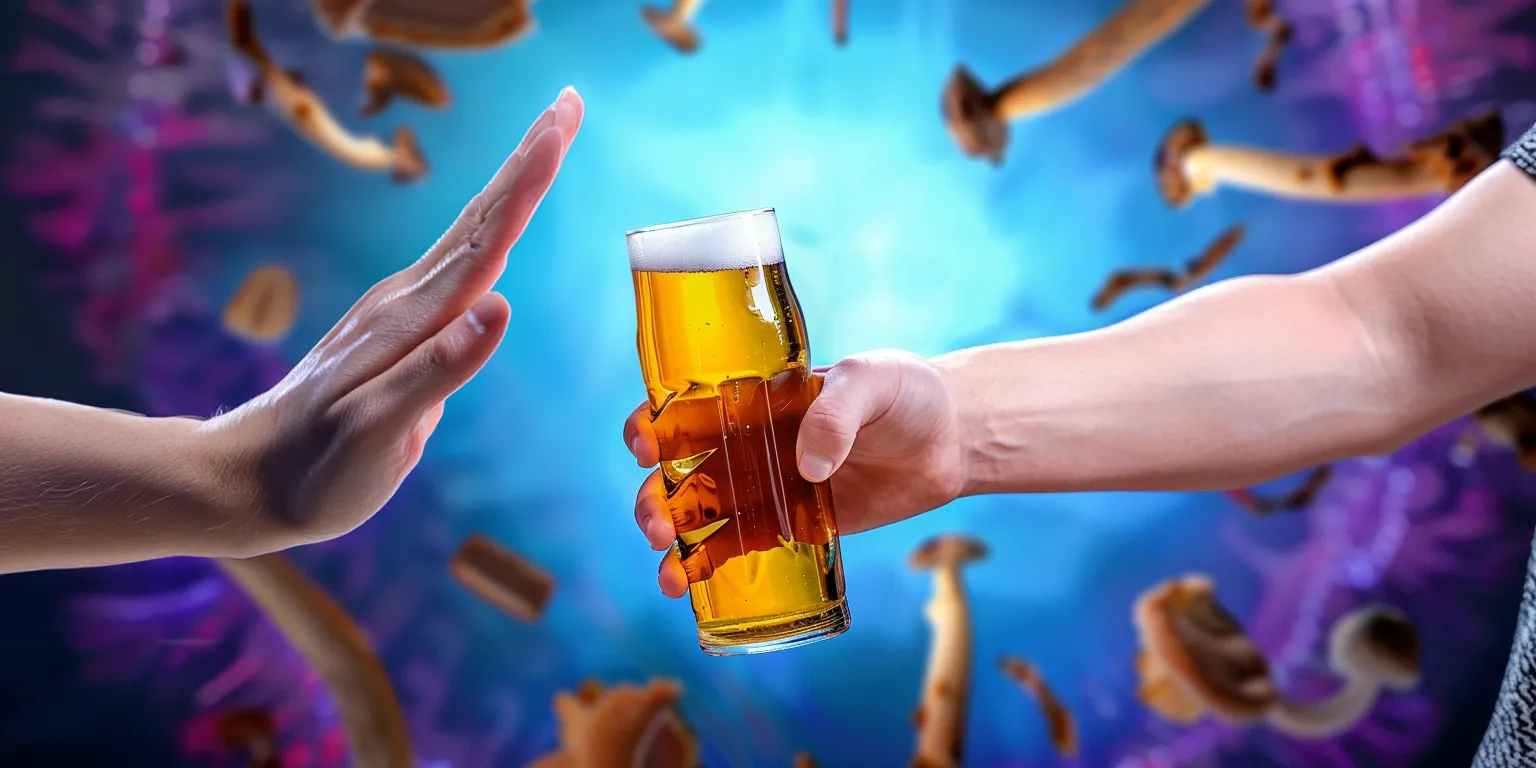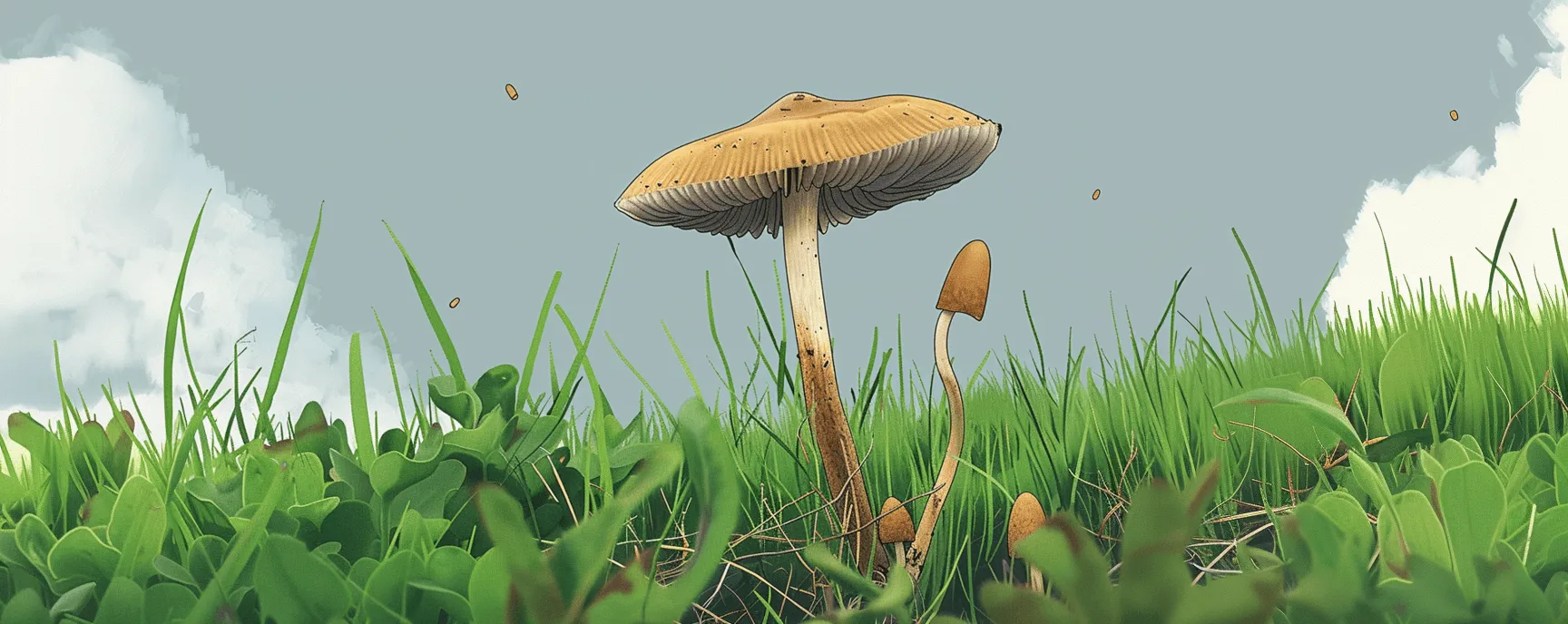Humans and our hominid ancestors have been using psychedelics for at least as long as we’ve had language (maybe even longer). But what about the millions of other species that call our weird and wonderful world home? It turns out that more than a few animals appear to enjoy the occasional psychedelic trip as much as many people do. While we can’t know why, one thing is certain, from jaguars to dolphins, the animal kingdom has more psychonauts than you may think.(1)
Tripping Through the Jungle with Jaguars
Jaguars are the Amazon Rainforests’ apex predator and have played a central role in the culture, mythology, and religion of south american tribes for thousands of years. Some cultures, such as the Aztecs, associated them with strength, war, ferocity, and valor. They were also seen as the animal counterpart of the god Tezcatipoca. These views are well deserved, jaguars are some of the most successful hunters out of all the big cats, and pound for pound, they have the strongest bite force. But did you know they also enjoy a little ayahuasca vine from time to time?(2, 3, 4)
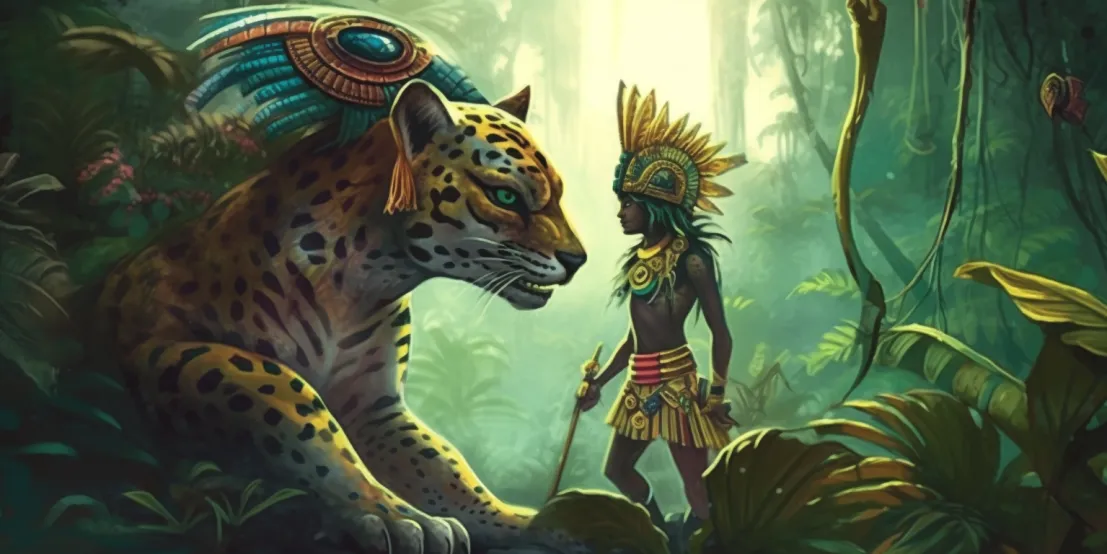
Ayahuasca is a traditional Amazonian brew made from the Banisteriopsis caapi vine and the leaves of the Psychotria viridis plant. The primary active ingredients in ayahuasca are the harmala alkaloids from the B. caapi vine and the potent hallucinogenic compound N,N-dimethyltryptamine (DMT) from P. viridis. The brew has been used for centuries by indigenous people in the Amazon Basin for spiritual, ceremonial, and medicinal purposes. Jaguars have also taken an interest in the powerful vine.
Jaguars have more than a few interesting habits. They’re known to be strong swimmers, expert climbers, and nearly silent when stalking. And aside from occasionally moonlighting as the companion to Aztec gods, they also (may) enjoy a bit of a trip. There are a handful of instances where wild jaguars have been observed consuming Banisteriopsis caapi, aka the ayahuasca vine. When consumed in the brew this plant induces an altered state of consciousness in humans. Jaguars under the effects of the vine have been seen playing, rolling around, and displaying what biologists call “kittenish behavior.” However, it’s important to note that we do not know what exactly is going on at a biological level. For humans, an MAO-Inhibitor needs to be consumed along with the DMT containing vine in order to trip.(5)
Keep Up with Uncensored Psychedelic Trends
Join our newsletter at Psychedelics Uncensored.
We respect and protect your privacy. By subscribing your info will be subject to our privacy policy . Unsubscribe easily at any time
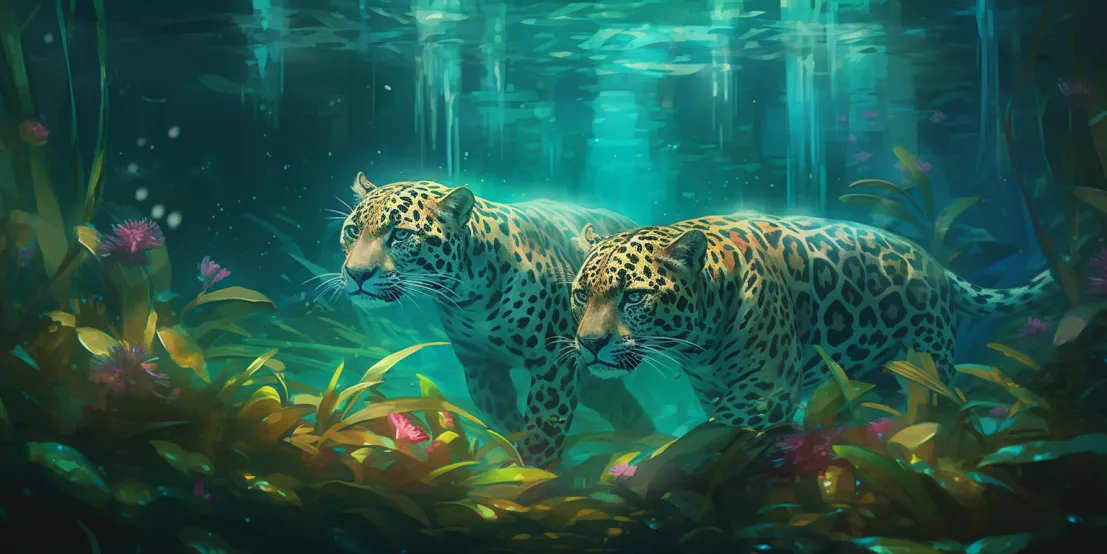
Unfortunately, we don’t yet know why jaguars are so fond of ayahuasca. Theories range from accidental ingestion to jaguars consuming the vine for its medicinal and performance-enhancing attributes. The latter theory suggests that they eat ayahuasca vines to help them hunt. It’s thought that the psychoactive properties of the vine may enhance their eyesight, which in turn would help them find prey more easily. Could it be that some jaguars are happily tripping their way through the jungle as we speak?(5)
Dolphins Getting Lit on Pufferfish Toxin
When you think of dolphins, you probably imagine majestic, oceanic mammals riding the bow waves of some ship in the Caribbean. Or perhaps their name conjures up images of a childhood trip to the ocean where you got to see a pod of these magical cetaceans leaping high over the surf before mysteriously disappearing under the waves. But there’s one thing we’re pretty certain you didn’t think of: dolphins getting higher than a kite on pufferfish venom.(6)
That’s right, dolphins, known for their intelligence and playful nature, have been observed engaging in a very peculiar behavior: consuming tetrodotoxin, the pufferfish toxin. Tetrodotoxin is an incredibly potent neurotoxin known for its psychoactive effects on humans and animals (although it is more likely to kill you than anything else). Tetrodotoxin, found primarily in the pufferfish’s skin, liver, and reproductive organs, can cause paralysis and even death in high doses. When consumed in small amounts, it has been reported to induce a trance-like state and altered states of consciousness. This raises the question of what benefits dolphins might gain from consuming this toxin. Researchers have proposed several theories to explain why dolphins might consume this exceptionally dangerous substance.(6, 7)

One theory suggests that dolphins consume pufferfish toxin for its psychoactive effects, seeking a pleasurable or euphoric experience. After all, dolphins are known for their complex social structure and high levels of curiosity. This, paired with the second-highest brain-to-body-weight ratio in the animal world (humans come in first), could lead them to explore the effects of tetrodotoxin on their minds. Another hypothesis is that the altered state induced by tetrodotoxin might play a role in social bonding among dolphins. In this scenario, the shared experience of consuming the toxin and entering a trance-like state could strengthen social bonds within the pod, improving cooperation and communication among individuals.(6)
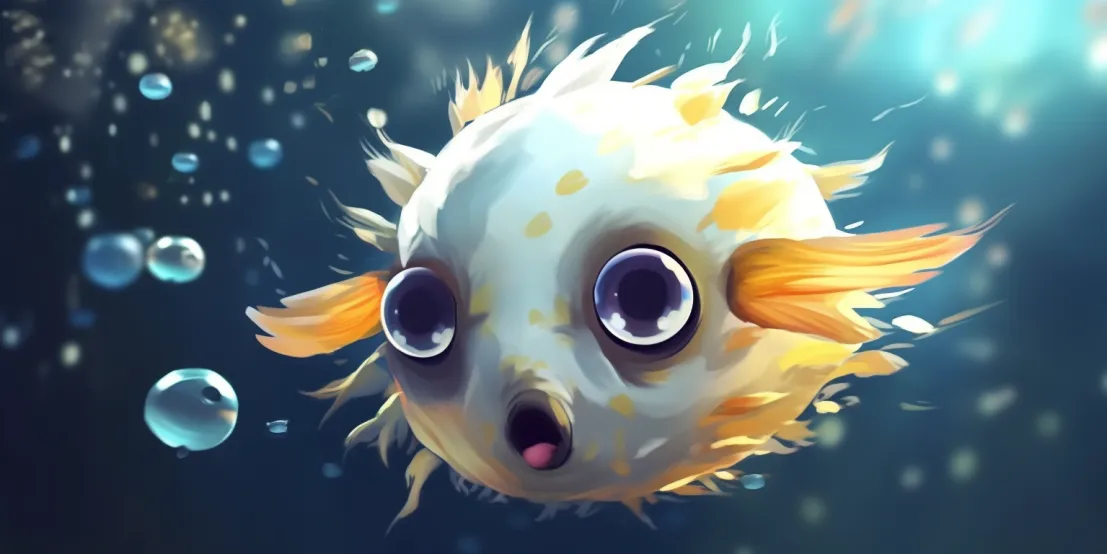
Of course, these are all just theories, but one thing we know for certain is that, in some instances, dolphins seem to love the high they get from pufferfish toxins. In the documentary film Dolphins: Spy in the pod, a family group was observed gently bouncing an enraged pufferfish repeatedly for relatively long periods, all while seemingly enjoying themselves. Unfortunately, we can’t say the same for the pufferfish, who only release the toxin as a means of self-defense. While we don’t support or condone this sort of pufferfish bullying, we do hope that dolphins worldwide learn about themselves and explore their consciousness with each gentle puffed-up bump of their fishy companion.(6, 7)
Why Do Elephants Love to Get Tipsy?
Elephants, the world’s largest land mammals, are almost always associated with wisdom, intellect, and patience. However, our big-eared friends have been observed engaging in a rather curious behavior: consuming the fermented fruits of the Marula tree (Sclerocarya birrea). When allowed to be left in the sun, these fruits ferment naturally. The fermented fruit contains ethanol (aka alcohol), which can cause intoxication in humans and, apparently, pachyderms.(8)
Keep Up with Psychedelic Trends
Get uncensored psychedelic news, events, and updates. Join Psychedelics Uncensored!
We respect and protect your privacy. By subscribing your info will be subject to our privacy policy . Unsubscribe easily at any time
The marula tree is native to Africa and produces a fruit rich in nutrients, including vitamins C and E, as well as essential minerals such as potassium and calcium. Elephants consume large quantities of these fruits during the marula fruiting season, which may provide them with valuable nutrients to support their massive size and energy requirements. That said, a few other theories suggest elephants aren’t just looking to get some extra micronutrients. They’re quite likely looking to get a good buzz too. Elephants have been observed consuming vast amounts of extremely ripe marula fruit, even going so far as to be pretty selective about which fruits they prefer (hint: it’s the boozy ones). After consuming enough, they have been seen rolling around, making a general mess of themselves, and probably making a few decisions they’ll regret later (an elephant never forgets).(8)
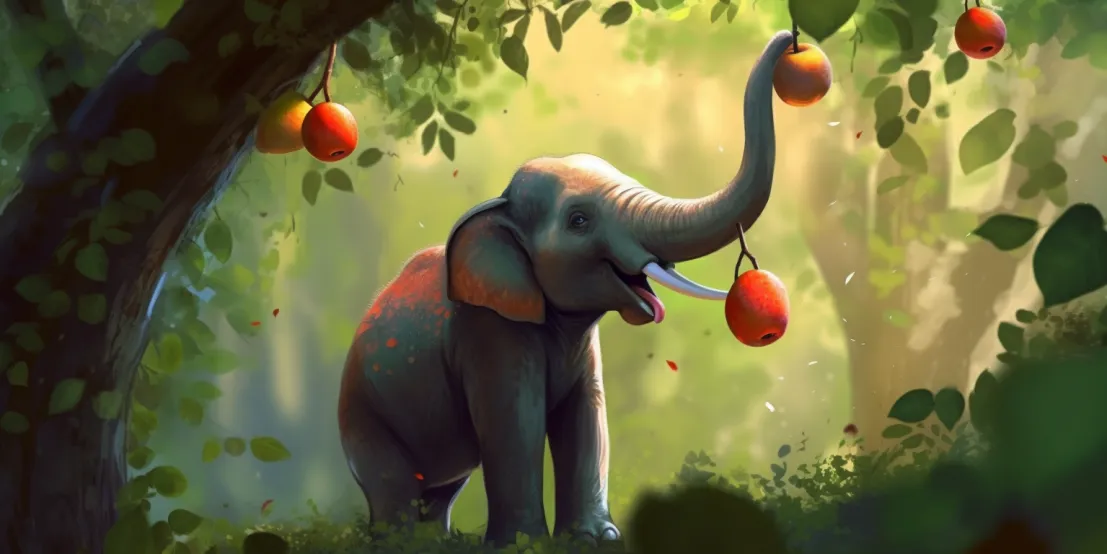
There are, of course, some other reasons as to why elephants may be consuming fermented fruit. One theory suggests that the ethanol content of the fermented marula fruits may have a calming or stress-relieving effect on elephants, similar to how alcohol affects humans. Elephants have complex social structures and exhibit mourning behavior after losing a herd member. They can experience stress from various sources, such as competition for food, water, poaching, and social conflicts. Consuming the fermented marula fruits might help alleviate some of their stress in these situations and could take the edge off for these massively intelligent animals. We’d like to think they’re using marula fruit responsibly, but at the end of the day, we may never know exactly why elephants enjoy getting tipsy.(8)
There are of course additional instances of animals enjoying a dip into other realms of consciousness, and we are here for all of them. Share some of your favorites @psychedelicsdotcom.
Sources

1. Rodríguez Arce, J. M., & Winkelman, M. J. (2021, September 6). Psychedelics, sociality, and human evolution. Frontiers. Retrieved May 4, 2023, from https://www.frontiersin.org/articles/10.3389/fpsyg.2021.729425/full
2. Futterman, A. (2022, September 1). 5 dangerous animals that call the Amazon Rainforest Home. Discover Magazine. Retrieved May 4, 2023, from https://www.discovermagazine.com/planet-earth/5-dangerous-animals-that-call-the-amazon-rainforest-home
3. Saunders, N. J. (1994). Predators of culture: Jaguar – jstor.org. World Archaeology . Retrieved May 5, 2023, from https://www.jstor.org/stable/124867
4. Encyclopædia Britannica, inc. (n.d.). Tezcatlipoca. Encyclopædia Britannica. Retrieved May 4, 2023, from https://www.britannica.com/topic/Tezcatlipoca
5. Payaguaje, F., & Cabodevilla, M. A. (2008). The yage drinker. CICAME.
6. Olson, E. R. (2021, December 30). Dolphins: Spy in the pod. PBS. Retrieved May 2, 2023, from https://www.pbs.org/wnet/nature/spy-in-the-pod-about/15270/
7. Kotipoyina, H. R., Kong, E. L., & Warrington, S. J. (2022, April 8). Tetrodotoxin Toxicity. National Library of Medicine . Retrieved May 5, 2023, from https://www.ncbi.nlm.nih.gov/books/NBK507714/
8. Siegel, R. K., & Brode, M. (1984). Alcohol self-administration by elephants. Bulletin of the Psychonomic Society. Retrieved May 2, 2023, from https://link.springer.com/content/pdf/10.3758/BF03333758.pdf
This material is not intended as a replacement or substitute for any legal or medical advice. Always consult a medical professional about your health needs. Psychedelics are widely illegal in the United States, and readers should always be informed about local, state, and federal regulations regarding psychedelics or other drugs.

 David Connell
David Connell